If you are planning to fly a drone, you need to understand how it works. For an object denser than air to get airborne, you must create lift. Lift is the force that directly opposes the weight of an airplane and holds the airplane in the air. Lift is generated by every part of the airplane.
Airplanes create lift by moving air above and below a wing. The way that air movement is created is with the horizontal movement of the aircraft. The larger the aircraft, the longer the runway they need to gain the right amount of speed to create the lift that will ultimately push the aircraft into the air.
Once airborne, the aircraft must maintain horizontal momentum in order to keep the right amount of air moving over the wings. The aircraft moves only in the direction that the nose is pointing.
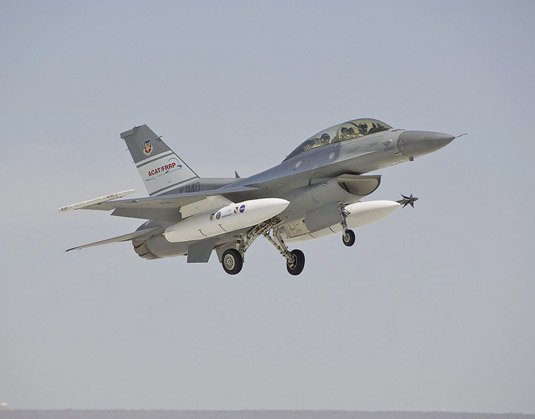
With helicopters, directional control is achieved by changing the direction in which the propellers lean, by changing the pitch of the blades. This is called changing the attack of the propellers. Helicopters typically only have one main propeller but multi-rotors have more than one.
The most popular drones available today are multi-rotors with at least three propellers and some have in upwards of eight propellers. Multi-rotors maintain stability by varying the speeds of each propeller. Directional control in a drone is achieved by changing the attack of the propellers, the same as a helicopter, but this change in attack is accomplished by slowing some of the rotors to cause the craft angle to change enough to cause it to move.
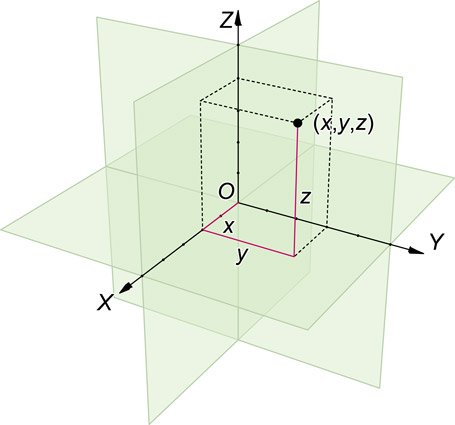
For a multi-rotor drone, there are two advanced sensors that are required to be able to achieve steady 3-dimensional flight:
Accelerometer: These advanced sensors detect linear movement. That means movement in a straight line. There are three axes in a 3D space: X, Y, and Z. Accelerometers detect and measure movement along those axes but not around. This movement is called linear movement. Anything other than linear movement confuses an accelerometer.
Gyroscope: This sensor is designed to detect rotational movement. That means movement around a line which, in a 3D space, are the X, Y, and Z axes. Whereas an accelerometer measures motion along the axis, a gyroscope will measure motion around an axis.
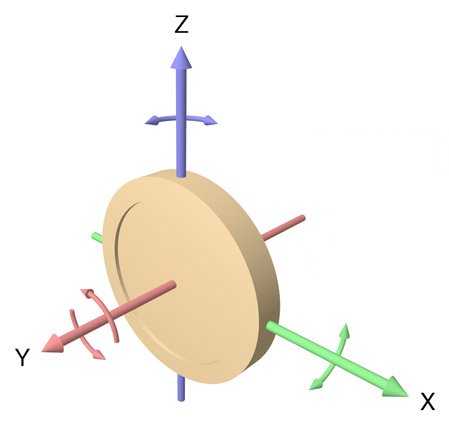
RADIO FREQUENCY
In order to control a drone remotely, you must be able to communicate with it wirelessly. Radio waves are an invisible wave form on the electromagnetic spectrum. Like all things on the electromagnetic spectrum, radio is measured in hertz (Hz). Extremely low frequency is anywhere from 3Hz to 30Hz and tremendously high frequency is 300 GHz – 3000GHz.
For radio to work, you must have a transmitter to send the messages and a receiver to get the messages. At a rudimentary level, this is how remotely controlling an aircraft is accomplished. More precisely, your transmitter and receiver need to be tuned to the same frequency.
To avoid situations such as your drone being controlled by someone else’s remote control, devices use a unique identification code to identify a transmission on one particular radio frequency as the transmission it wants to receive. To do this, transmitters and receivers are paired using an RFID or a “radio frequency identification.” All information broadcast over RFID is prefixed with an RFID so that the receiver knows that the information it is picking up is for it.
Lower frequencies tend to have a much greater range at lower power than higher frequency devices. Lower frequencies also have a greater ability to penetrate dense objects which is another reason why they are great for remote controlling a drone. However, the lower the frequency, the larger the antenna must be to receive the frequency. Most remote control drones use 900 MHz for transmission. Higher frequencies in the 2.4 GHz range are predominantly used for Wi-Fi.
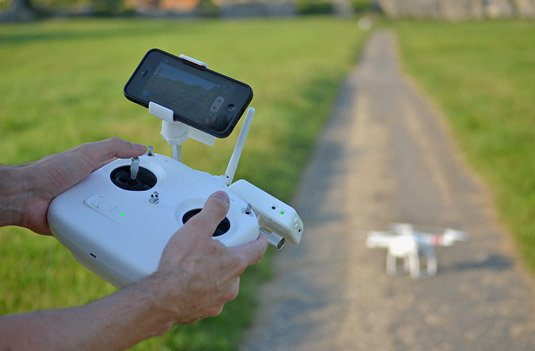
WI-FI CONTROLS
Wi-Fi used to only be available on computers but as the technology evolved, shrunk, and grew more intelligent, it was integrated into portable devices like phones and tablets. Now there are several million products around the world that are Wi-Fi-enabled so that they can be remotely accessible.
Most drones today are Wi-Fi enabled so that they can broadcast video to a computer, tablet, or smartphone. Some drones also use Wi-Fi for remote controlling through a tablet or mobile application. The Parrot AR Drone 2.0 offers high-end interactive controls with their mobile application that runs on an iPhone or iPad.
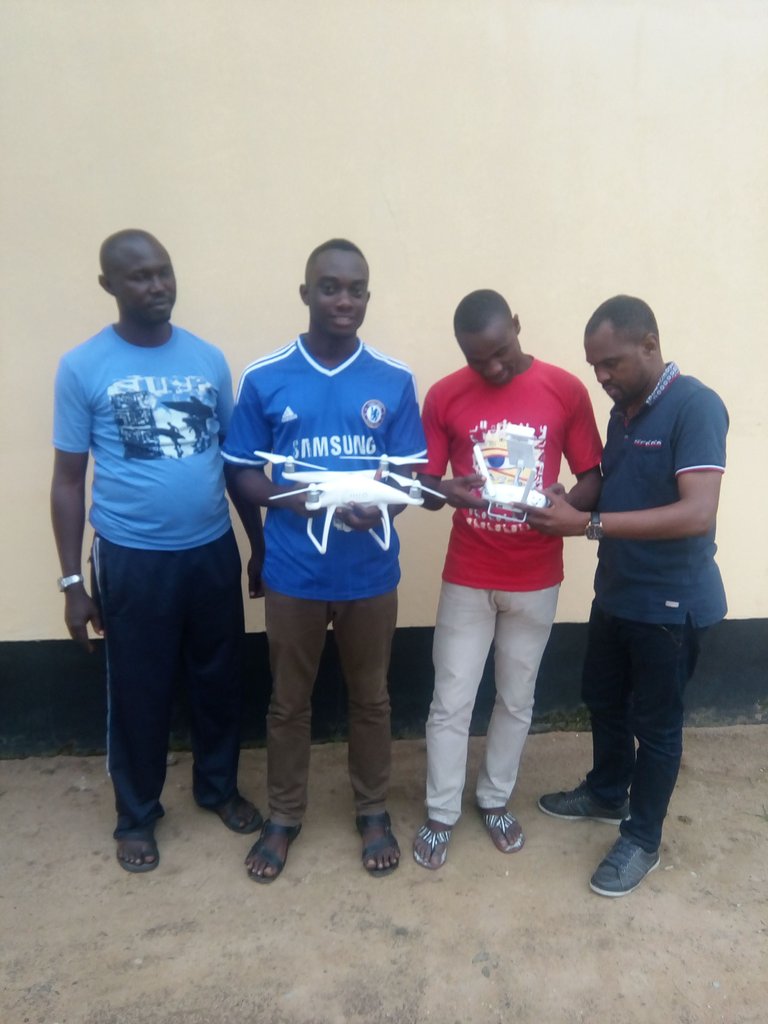
Hi! I am a robot. I just upvoted you! I found similar content that readers might be interested in:
http://www.dummies.com/consumer-electronics/drones/understanding-how-your-drone-is-controlled/
Source:
http://www.dummies.com/consumer-electronics/drones/understanding-how-your-drone-is-controlled/
Edit history can be found by entering this post’s link here:
https://phist.steemdata.com/
If this content is your own, please provide proof in the form of mutual linkbacks.
If you are unsure about what's legal, this link has great information: https://www.checkforplagiarism.net/plagiarism-law.
Although US focused, the rules around copyright and the damage that can be done to your reputation are very similar in most countries. It is additionally scorned in the Steem sea and is a flaggable offense.